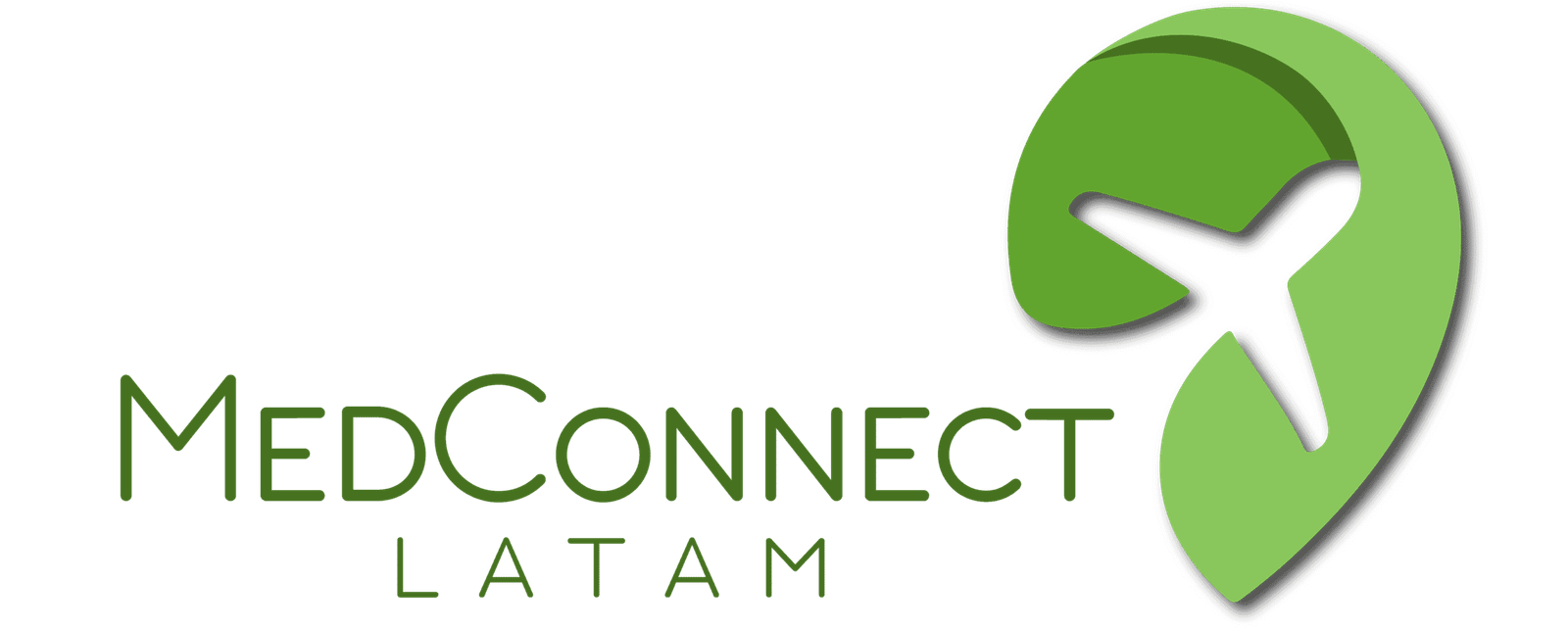Natalia Castañeda - Medical tourism Colombia
Diastasis Recti: Everything You Need to Know About This Transformative Surgery
Diastasis abdominis, a separation of the rectus abdominis muscles, affects both the appearance and functionality of the body. While it is more common in women who have had pregnancies, it can also develop from significant weight changes or previous surgeries. In this article, we will explore in detail what diastasis, its treatments, and how surgical correction can transform your physical and emotional well-being.
What is diastasis abdominalis and why does it occur?
Diastasis abdominalis occurs when the rectus abdominis muscles, which are normally held together by connective tissue, separate. The main causes include:
- PregnancyThe growth of the uterus during pregnancy puts pressure on the abdominal muscles, causing a separation that may persist after delivery.
- Significant changes in weightRapid weight gain or loss weakens muscles and connective tissue.
- Previous abdominal surgeriesSurgical interventions can alter the structure of the abdominal wall.
This condition affects both the aesthetics and functionality of the body, causing problems such as:
- Persistent low back pain due to a weakened core.
- Difficulties in maintaining proper posture.
- Abdominal protrusion, often mistaken for accumulated fat.
How do I know if I have diastasis abdominalis?
Identifying diastasis is the first step in seeking an appropriate solution. Methods include:
Self-assessment at home:
- Lie on your back with your abdomen exposed.
- Raise your feet slightly and place your toes on the midline of your abdomen.
- If you feel a sinking or separation, you may have diastasis.
Medical evaluation:
- Specialists can measure muscle separation by ultrasound, an accurate method of determining severity.
Treatment options for abdominal diastasis abdominis
There are several approaches to treat this condition, depending on its severity:
1. Physiotherapy and hypopressive exercises
- Ideal for mild cases or early postpartum.
- They help strengthen abdominal muscles and reduce separation, although results are limited in severe cases.
2. Plastic and reconstructive surgery
- Indicated for diastasis greater than 3 cm or cases accompanied by hernias and flaccidity.
- Improves both functionality and aesthetics.
3. Minimally invasive surgery (laparoscopy)
- It requires small incisions, which facilitates recovery and reduces visible scarring.
What does abdominal diastasis correction surgery consist of?
Surgery is the most effective method to restore the functionality of the abdominal wall. Typical steps include:
Muscle re-approximation:
- The rectus muscles are sutured back together.
- The rectus muscles are sutured back together.
Removal of excess skin and fat:
- If necessary, it is performed in conjunction with an abdominoplasty.
- If necessary, it is performed in conjunction with an abdominoplasty.
Surgical mesh reinforcement:
- In severe cases, it is used to prevent recurrences.
- In severe cases, it is used to prevent recurrences.
Aesthetic seal:
- The incisions are carefully closed to minimize scarring.
This procedure lasts between 2 and 4 hours and is performed under general anesthesia.
Benefits of surgery to correct diastasis diastasis
The results go beyond aesthetics, including:
- Improved posture and pain reductionA strengthened core relieves pressure on the lower back.
- Increased confidenceThe recovery of a toned abdomen improves self-esteem.
- Optimized functionalityDigestive and urinary problems are eliminated.
Postoperative: What you should know
The recovery process is key to ensure successful results:
Immediate care:
- Use of a compression garment during the first weeks.
- Temporary drains to prevent fluid accumulation.
Recovery times:
- Light activities: 2 weeks.
- Intense exercise: 6 weeks.
- Complete recovery: up to 6 months.
Lifestyle adaptations:
- Maintaining a stable weight is crucial to preserve results.
Is the surgery right for you?
This procedure is ideal for those who have tried conservative methods without success and experience persistent discomfort. However, it is important to note:
- Future pregnancy plansA new pregnancy may alter the results.
- General health statusA complete medical evaluation is essential.
Plan Your Future Today
Frequently asked questions about diastasis correction
Is the surgery painful?
- Initial discomfort is manageable with medication.
- Initial discomfort is manageable with medication.
How long does full recovery take?
- Although you can resume light activities in 2 weeks, full recovery may take up to 6 months.
- Although you can resume light activities in 2 weeks, full recovery may take up to 6 months.
Does it leave visible scars?
- Scars are usually small and fade with time.
- Scars are usually small and fade with time.
Can I exercise afterwards?
- Yes, but it is advisable to wait 6 weeks before intense activities.
- Yes, but it is advisable to wait 6 weeks before intense activities.
Is it compatible with future pregnancies?
- Yes, but an additional procedure may be necessary after pregnancy.
Why Choose Colombia for this Procedure
At MedConnect LatamWe offer comprehensive services for those seeking to perform this procedure in Colombia. From flights and accommodation to personalized medical attention, we accompany you every step of the way. Find out more in our article about abdominal diastasis or contact us to plan your recovery.

Personalized Connection with Medical Professionals in Colombia

Organization of the
Medical Travel

Local Experiences in Medical Tourism in Colombia

Appointment Coordination & Five Star Support for Medical Tourism

Support for Medical Tourism Accompanying Persons

Postoperative Care and Comfort
Schedule an appointment
Let's have a space together, to get to know each other and better understand what you are going through and how we can help you.

